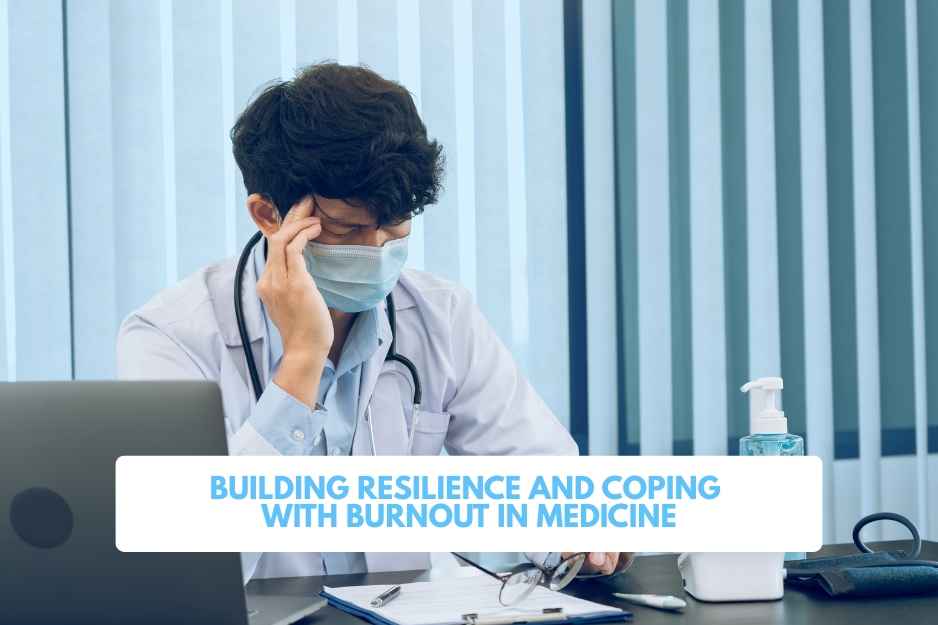While still enrolled in medical school at U of T, Dr. Manveen Puri decided to enrol in the military. He spoke with the Faculty of Medicine’s Karen Lee about his career in medicine and the military.
How did you come to work with the Canadian Armed forces?
I grew up in Singapore, where there is mandatory military service. As such, joining the military was never a foreign concept for me; it was always an option. This didn’t change when my family immigrated to Canada.
When I received my offer of acceptance to medical school, I started exploring a career with the military in more detail. One of the pre-conditions for acceptance into the Medical Officer Training Program (MOTP) was the pursuit of a residency in family medicine. During my pre-clerkship years, I made sure to speak with faculty mentors and do lots of shadowing. I came to the realization that I really enjoyed the flexibility family medicine offered and loved the idea of being a generalist and having an approach to a broad range of clinical presentations. At the start of my third year, I made my decision and formally accepted an offer to enrol in the MOTP.
How do you train for this type of work?
The training and learning are ongoing since the exact nature of your job as a military physician varies with rank and location. Military culture encourages lifelong learning and makes it possible with protected time and funding to pursue such opportunities. In the military, I am a dual professional. I am a physician and a soldier. As such, I have to constantly work to develop myself along both pathways. I have had the opportunity to take courses that are both clinical in nature (e.g. ultrasound courses, fracture courses, airway management courses) and military-focused in nature (e.g. the Basic Medical Officer Course, the Health Services Officer course). There are various options for additional training as I advance in my career and they can be tailored to specific hats you wear and the position you occupy.
In my current position, part of my patient population includes pilots and divers. I have learned that to be a good occupational medicine physician, you really need to understand the various tasks that your patients may be required to perform. This may involve trying to experience for yourself firsthand some of the operational pressures they may face. I’ve had the opportunity to fly on various aircraft platforms and repel down from helicopters. This has given me a good appreciation of the gear aircrew are expected to wear and the mental, physical, and environmental stressors they can face daily.
Being a soldier, I imagine that physical fitness is important for your role. How does that factor into your work responsibilities?
Every year, all military members must pass a fitness test that is composed of a range of stations. The test itself is not too difficult as it is the minimum standard that everyone is encouraged to exceed. Above and beyond formal testing, there is a culture of fitness in the military and most members maintain an active lifestyle, whether it is by joining athletic intramurals or going to the gym. We also have access to dieticians and trainers. I can even book time from my regular workday to work out! There is a healthy competitive spirit and I definitely rely on my colleagues to stay motivated.
Tell me about your experience providing care in the field.
I recently did a 3-month deployment in the field in rural Wainwright, Alberta on Exercise Maple Resolve. This was a large-scale military exercise which involved participation from several countries. Think of it as a large “war game” with a realistic backstory and various sub-plots and twists over weeks to simulate the pressures of an actual combat deployment. During my time in the field, we lived and worked out of modular tents. As a Medical Officer, I am part of Health Services which is a support element to combat arms trades of the Army.
In the field, we provided real-time care for a range of presentations of varying severity. The training is high-intensity in nature and the risk of death is real. My role in the field involved not only wearing the hat of a physician but being the Officer in Charge of the “Brigade Medical Station,” which meant that I led a team that included other clinicians, nurses, physiotherapists, social workers, laboratory technicians, and X-ray technicians. Much of the challenge in the field involved providing remote care without immediate access to amenities you would normally have in a hospital setting. Every field experience is unique, and I have had the opportunity to participate in a variety of Exercises so far.
What’s next for you?
In the military, career progression happens through promotions. Right now, I am a Captain and the next career milestone includes promotion to the rank of Major. This usually comes with the title of Base or Wing Surgeon. The term “Surgeon” is used for historical purposes in many militaries and usually indicates a position of leadership. As a Major, I may still provide some direct patient care, but my focus will be on the health of the population at a given military base. This may include supervision of an entire clinic, with lots of help of course! It’s hard to look too far ahead in the military since the organization can evolve depending on societal needs and government priorities. At this point, I see myself continuing my journey and exploring roles in a variety of settings since you can be posted to a new location (or even new country) every three to four years. This is what makes military life exciting. Ultimately, career progression is based on how well you can handle different environments and situations.
On a personal note, my wife and I just welcomed our son Ashvin, and I will be taking some time off work to be with my family.
What advice would you have for current students?
Go out and explore career options available as soon as possible. Get to know yourself and understand your values and reconcile them with your professional interests. Whatever you decide to pursue must align with your values. Remember, the training process is a marathon, not a sprint. Try and enjoy the journey!
This article was adopted from the University of Toronto Faculty of Medicine.


